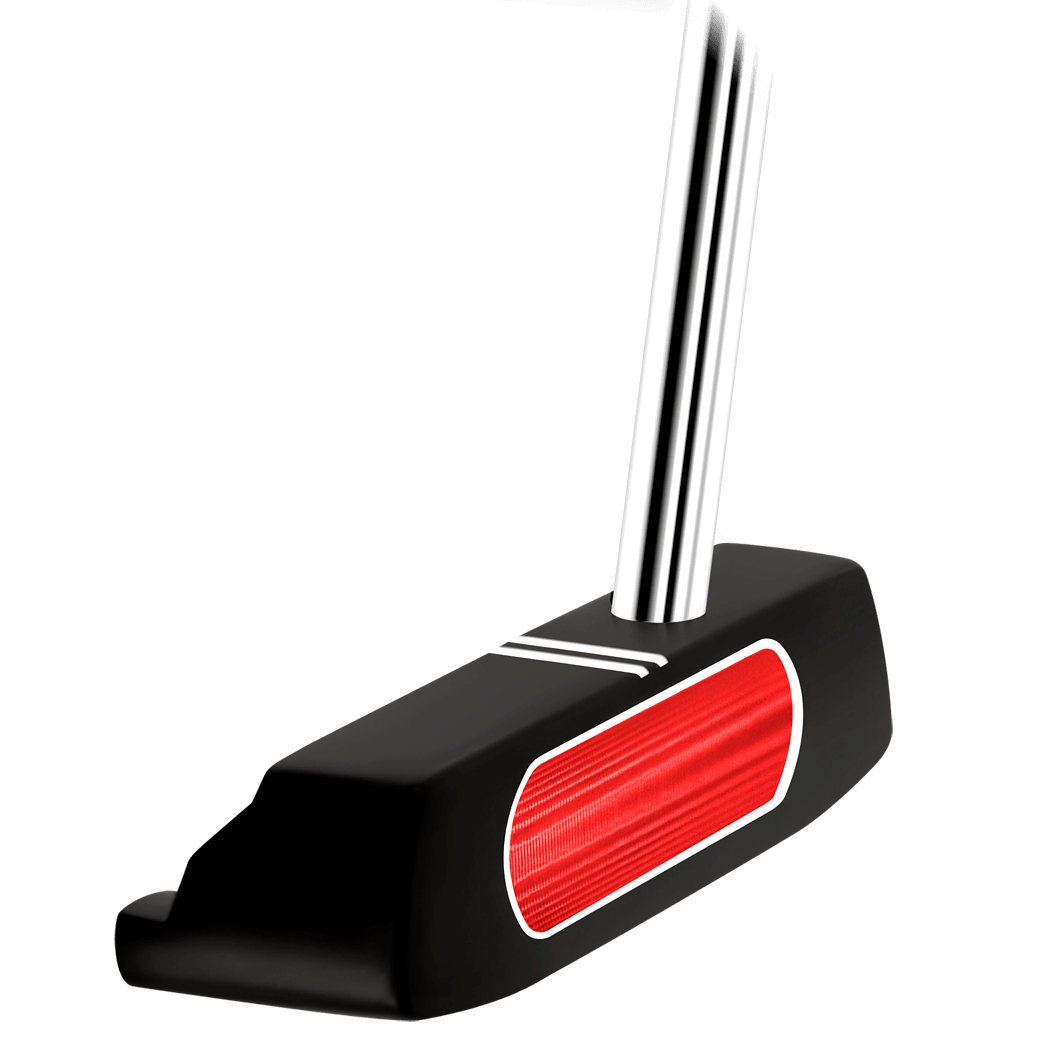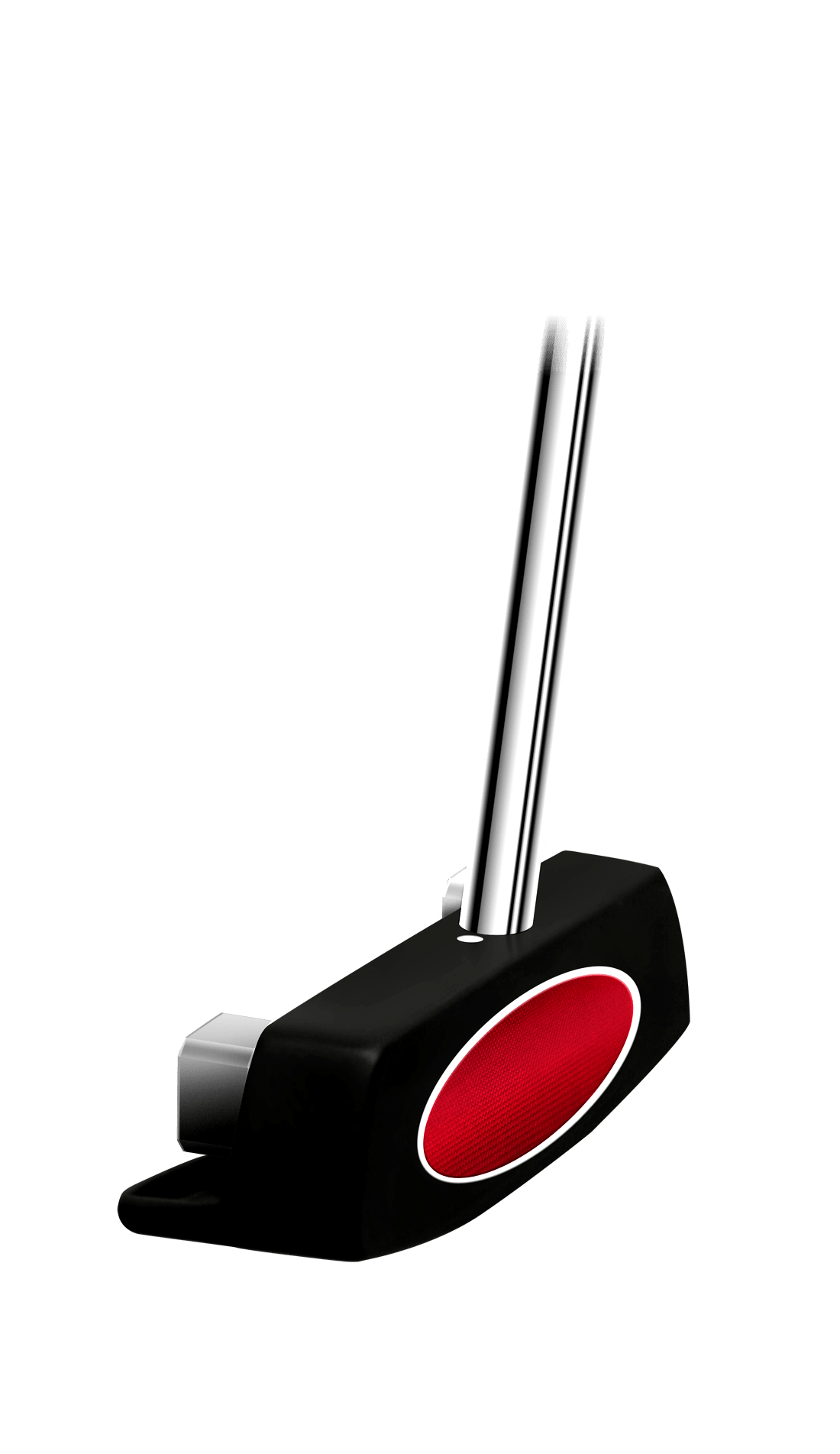Once you've gone into that fully loaded position and the transition period between the backswing and the downswing is nice and smooth, nice and slow, what are the other distance keys that you can start applying to try and give you that extra yardage. Now what we've spoken about so far is backswing turn, how you're bracing against the lower-half in that transition. What we've not spoken about so far is weight transfer, and how you can rotate the body more fully coming in to the point of impact. Because the whole golf swing is a sequence and it's a sequence that repeats itself in reverse order as you come down through impact. On the backswing the arms and the shoulders travel away. They turn, the body rotates, and the last thing to really turn are the hips.
Now on the downswing we move into that transition by getting the way moving left, and getting that right arm coming down towards the side. Now from there, to really add in the power, that weight needs to continue transferring left, and those hips need to continue to turn. It's the hips continuing to turn that drags the upper body along for the ride, and will add in the extra punch of power which is needed. Actually getting the lower-half rotated, actually moving through with lots of power will give you that extra distance. Loading up in the backswing by itself will not produce help. It will help build up power, it will help load it up, but delivering it into impact is where weight transfer and turn really come into play.
So when we focus on this backswing loading up, we're going to move through with the hips, going to transfer the weight left, and we're really going to focus on turning that body more through the point of impact. So it's over to the top, then hips go left, transition, and then turn through. And if you can get those things working together and hopefully you're able to get that little bit more distance.







